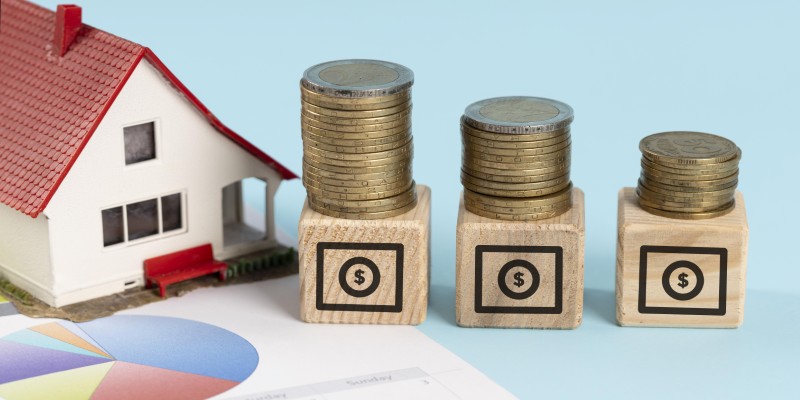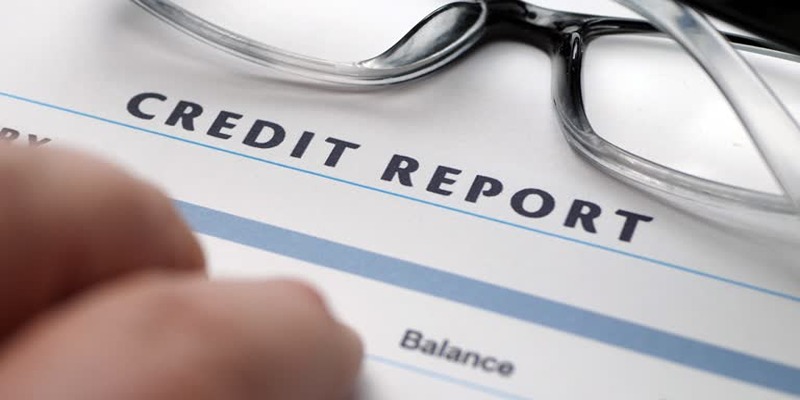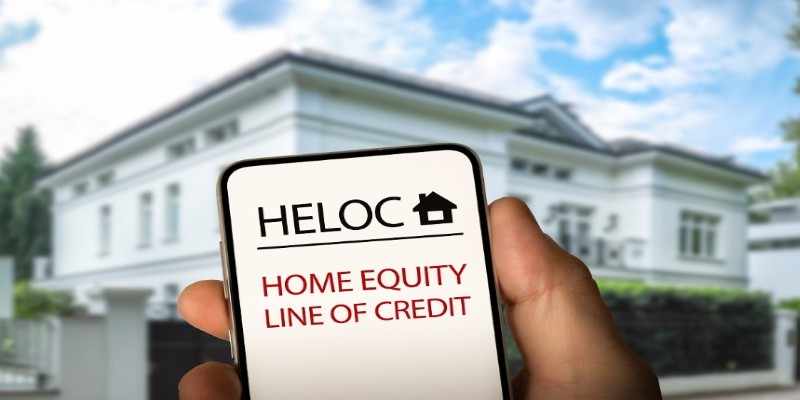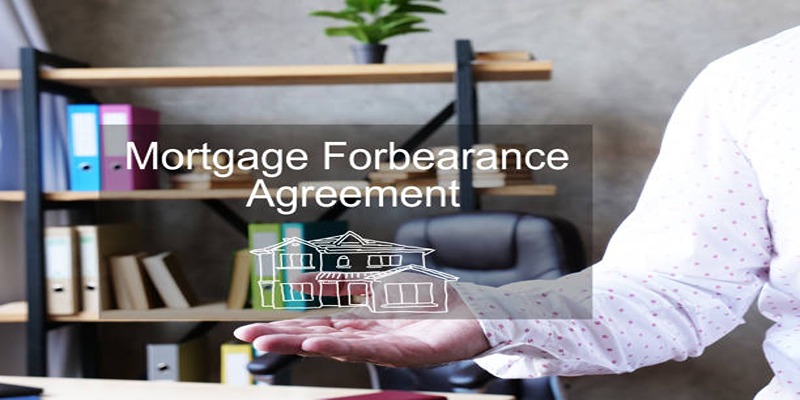Selling property is fun, particularly if its worth has increased since your purchase. But just before you psych yourself to spend the gains on a new car or a two-week vacation, there is something that needs your attention—capital gains tax. It's not the most exciting subject, but it's one of those things that can make a definite impact on your profits if you don't know how it operates. Let's take a look at it so you do what it is and how to get ready.
What Exactly Is Capital Gains Tax?
Capital gains tax is what you pay when you sell something valuable—like a house—and make a profit from it. The profit part is key here. The tax doesn't apply to the total amount you sold the home for but rather the difference between the sale price and what you originally paid for it, including certain associated costs.
Let's say you bought a house for $300,000 and sold it years later for $500,000. That $200,000 difference? That's your capital gain. Depending on how long you owned the property, it'll either be taxed as a short-term or long-term capital gain.
Short-Term vs. Long-Term Capital Gains
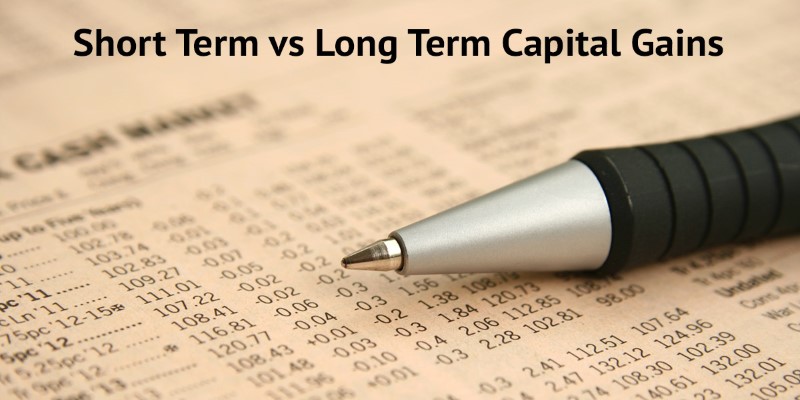
If you owned the property for less than a year before selling, the profit is considered a short-term gain. This gets taxed at the same rate as your regular income. Depending on your tax bracket, this could be steep.
Now, if you held onto the property for more than a year, the profit is treated as a long-term gain. This usually means a lower tax rate, somewhere between 0% and 20%, depending on your income level. For most people, it ends up being around 15%.
So, the timeline matters—a lot.
Exemptions for Primary Residences
Here’s the part that might put your mind at ease if you’re selling your main home: there’s a good chance you won’t owe any capital gains tax at all. The IRS offers what’s known as the home sale exclusion, and it’s exactly what it sounds like—a way to exclude a chunk of your gain from being taxed.
What Are the Rules?
- If you're single, you can exclude up to $250,000 of the gain.
- If you’re married and filing jointly, that number jumps to $500,000.
To qualify for this exclusion, you need to meet two basic requirements:
- Ownership Test – You must have owned the home for at least two of the past five years.
- Use Test – The home must have been your primary residence for at least two of the past five years.
These don’t need to be the same two years, and they don’t have to be consecutive. As long as both tests are met, you can claim the exclusion.
But here’s the catch—you can only use this exclusion once every two years. If you’ve used it recently, you’ll need to wait before using it again.
What Counts Toward Your Gain?
Calculating your capital gain isn’t as simple as subtracting the purchase price from the sale price. There’s more to it.
Step 1: Determine the Adjusted Basis
Start with what you originally paid for the property. Then, factor in the following:
- Closing costs from when you bought the home
- Major improvements (not repairs—things like a new roof, kitchen remodel, or adding a room)
- Costs related to selling (agent fees, staging, and legal costs)
These adjustments bump up your original cost, which can reduce your gain—and your tax.
Step 2: Subtract from Sale Price
Now, take the final sale price and subtract your adjusted basis. The number you're left with is your capital gain.
Let’s put it in a real-world example:
- Purchase price: $300,000
- Closing and improvement costs: $50,000
- Adjusted basis: $350,000
- Sale price: $500,000
- Capital gain: $150,000
In this case, if the property was your main residence and you met the IRS criteria, the $150,000 would fall under the exclusion, and you'd owe nothing.
But if it was a second home or investment property, you’d likely owe taxes on that $150,000.
How Investment Properties Are Treated
When it comes to second homes or rental properties, the capital gains rules are stricter. There is no exclusion here—the full gain is typically subject to taxation.
Depreciation Recapture
If you rented out the property, you probably claimed depreciation on your taxes each year. The IRS wants that money back. When you sell, you’ll need to pay depreciation recapture tax, which is a separate tax of up to 25% on the amount you previously deducted.
It’s a detail people often overlook, but it can significantly increase your tax bill.
1031 Exchange Option
There is one strategy to postpone paying the tax: a 1031 exchange. This allows you to roll your profit into another investment property without paying taxes immediately. You’ll need to follow strict timelines and guidelines, but it’s a common move among investors who aren’t ready to cash out just yet.
Just know that this isn’t an escape—it’s a delay. Eventually, if you sell the new property without doing another 1031, you’ll owe the tax.
Wrapping It Up
Capital gains tax on real estate isn’t just for million-dollar deals or luxury condos. It applies to any sale that brings in a profit, whether it’s a cozy starter home or a beachfront rental. The good news? If it's your primary residence, you might walk away without owing a thing, thanks to the home sale exclusion.
But if the property wasn’t your main home or you’re selling after a short time, those profits can be taxable. Knowing how the tax works—and what counts in your calculations—can help you make better decisions and avoid last-minute surprises. Stay tuned for more!

